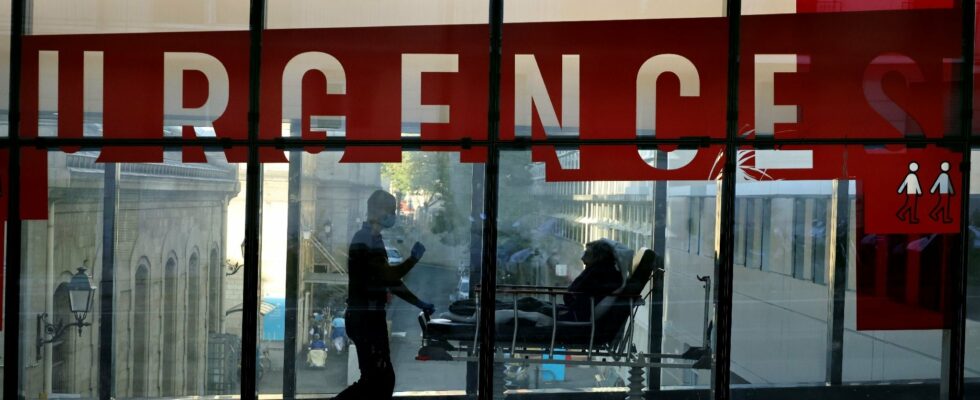For the hospital system, the years follow one another and are all the same. According to a flash survey conducted by the French Hospital Federation (FHF) on summer 2024, published this Tuesday, September 3, the crisis experienced by emergency services is far from being ancient history. On the contrary, among the 270 responding establishments, a majority of 46% consider that the situation has remained stable with regard to the year 2023. 39% believe, for their part, that the latter has deteriorated, and only 15% perceive an improvement. Proportions similar to those observed the previous year by the FHF, revealing a persistent crisis.
Difficulties highlighted
The cause is the increase in activity in medical emergencies. For 48% of respondents, there is no doubt: there were indeed more patients in their emergency departments than in 2023. Last year, only 26% had made this observation. The problem is that hospitals are struggling to cope with this increase, plunged into a crisis aggravated by the Covid-19 epidemic.
Among the main difficulties encountered, the closure of thousands of hospital beds is widely singled out. In total, nearly 80,000 beds were gradually withdrawn from services between 2000 and 2021, and 6,700 in 2022. Result: 66% of respondents to the study consider access to Medicine, Surgery, Obstetrics (MCO) beds to be an obstacle to their proper functioning. The same observation was made for Medical Rehabilitation Care (SMR) for 51% of respondents and for psychiatry for 43% of establishments.
In addition to the difficult access to hospital beds, a second bête noire of the hospital system remains: the lack of medical staff. According to the survey conducted by the FHF, 62% of establishments are affected by this problem, while 37% point to a lack of paramedical staff. This insufficiency justifies the occasional closure of emergency rooms for several years. During the summer of 2024, 18% of respondents said they had to close at least one night or one day.
A timid deployment for the SAS
To address these challenges, 34% of the institutions surveyed have deployed the Healthcare Access Service (SAS) to refocus emergencies on their core business. Previously reserved exclusively for the Emergency Medical Assistance Service (Samu), number 15 now allows you to benefit from appropriate care, without overloading the emergencies, for example, in the absence of your doctor. The current situation no longer allows all patients to be accommodated within the department.
But while the SAS is useful, its deployment is nonetheless timid. Today, certain obstacles to its use remain, starting with the lack of community doctors and direct access to other health professionals. In addition, since its use is not mandatory, some patients may prove resilient and continue to go directly to the emergency room.
In addition to this measure, 31% of the establishments surveyed have implemented reorientation upon admission or the occasional closure of emergency and resuscitation mobile structures (SMUR) lines for 17% of them. These are welcome measures to deal with the increase in activities.
